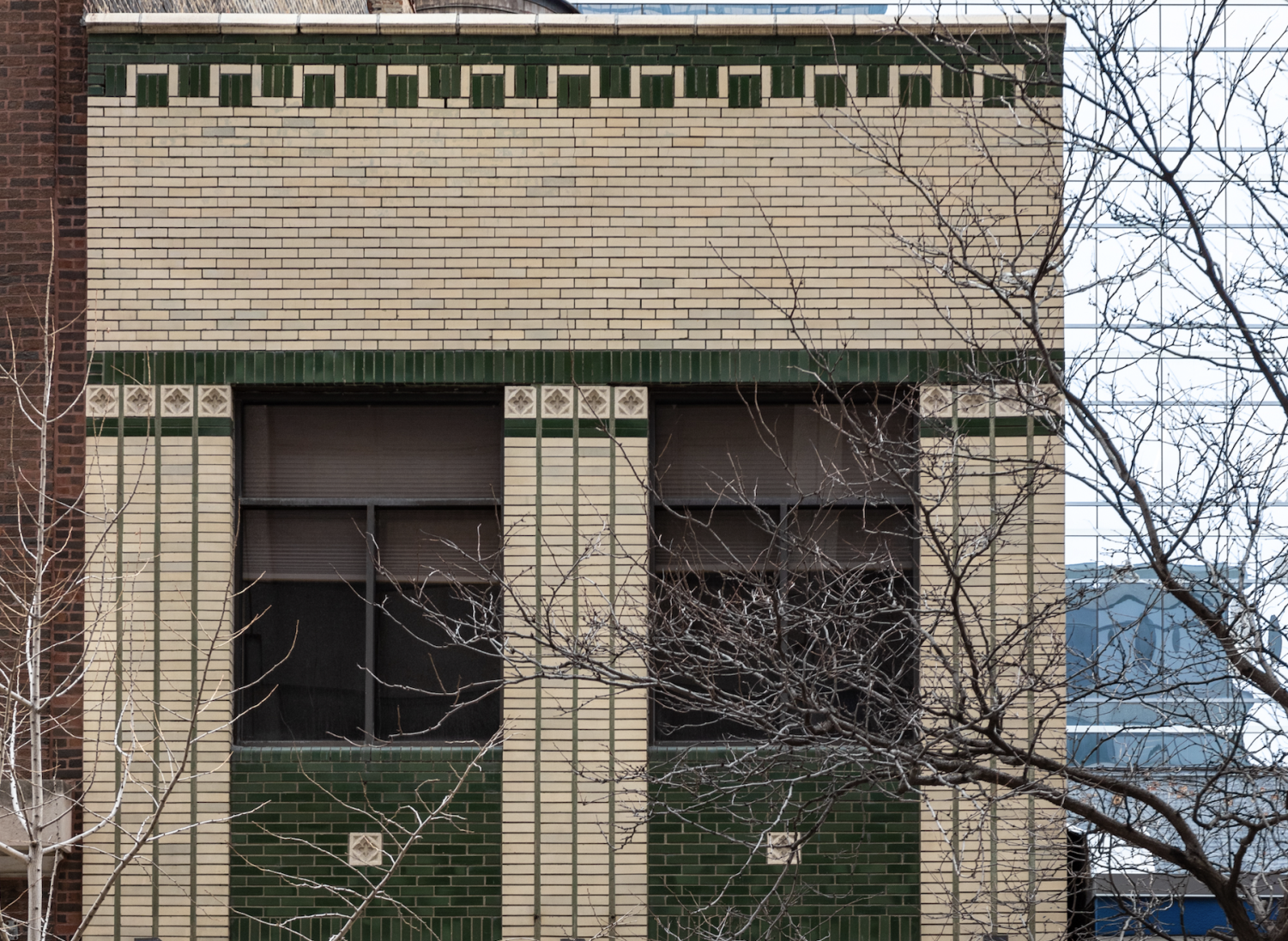The ‘Warehouse’ to be considered for Chicago Landmark designation
April 14, 2023

The Warehouse building, located at 206. W Jefferson St., was given a preliminary landmark recommendation by the Commission on Chicago Landmarks during their meeting held Thursday, April 13. This comes after weeks of community advocacy to protect the building.
Why this matters: Under direction from Robert Williams and DJ Frankie Knuckles, the Warehouse was a place in the late 1970s for the city’s Black gay community to dance freely and create music in a vibrant environment. It has become known as the birthplace of house music.
Chicago is home to much iconic music history, and the Warehouse is where Chicago’s Black LGBTQ+ community created a new genre and gave it its name — “house music” derives originally from “Warehouse music.”
What this means: The commission votes on which buildings, structures, sites and districts to recommend for official landmark designation; the recommendations are presented to the Chicago City Council, where council members and the mayor make official landmark designations.
In the background: For weeks there have been efforts to protect the Warehouse building amid new ownership and concern in the community about risk of demolition, as reported by the Chronicle.. A petition to “save the Warehouse” gained over 13,000 signatures.
These efforts were sparked when nonprofit advocacy organization Preservation Chicago added the Warehouse building, alongside six other buildings, to their 20th annual list of endangered buildings — a list created to bring attention to historic architecture and protect it from demolitions.
The next steps: After receiving a preliminary recommendation, the commission then contacts building owners to request consent — consent that the designation process says is “advisory—not required—for designation” and if not received, a public hearing is held.
Multiple hearings are then held to gather relevant information, before a vote is made by Chicago City Council on whether to officially designate the building as a Chicago Landmark, protecting the building from demolition or significant remodeling.







